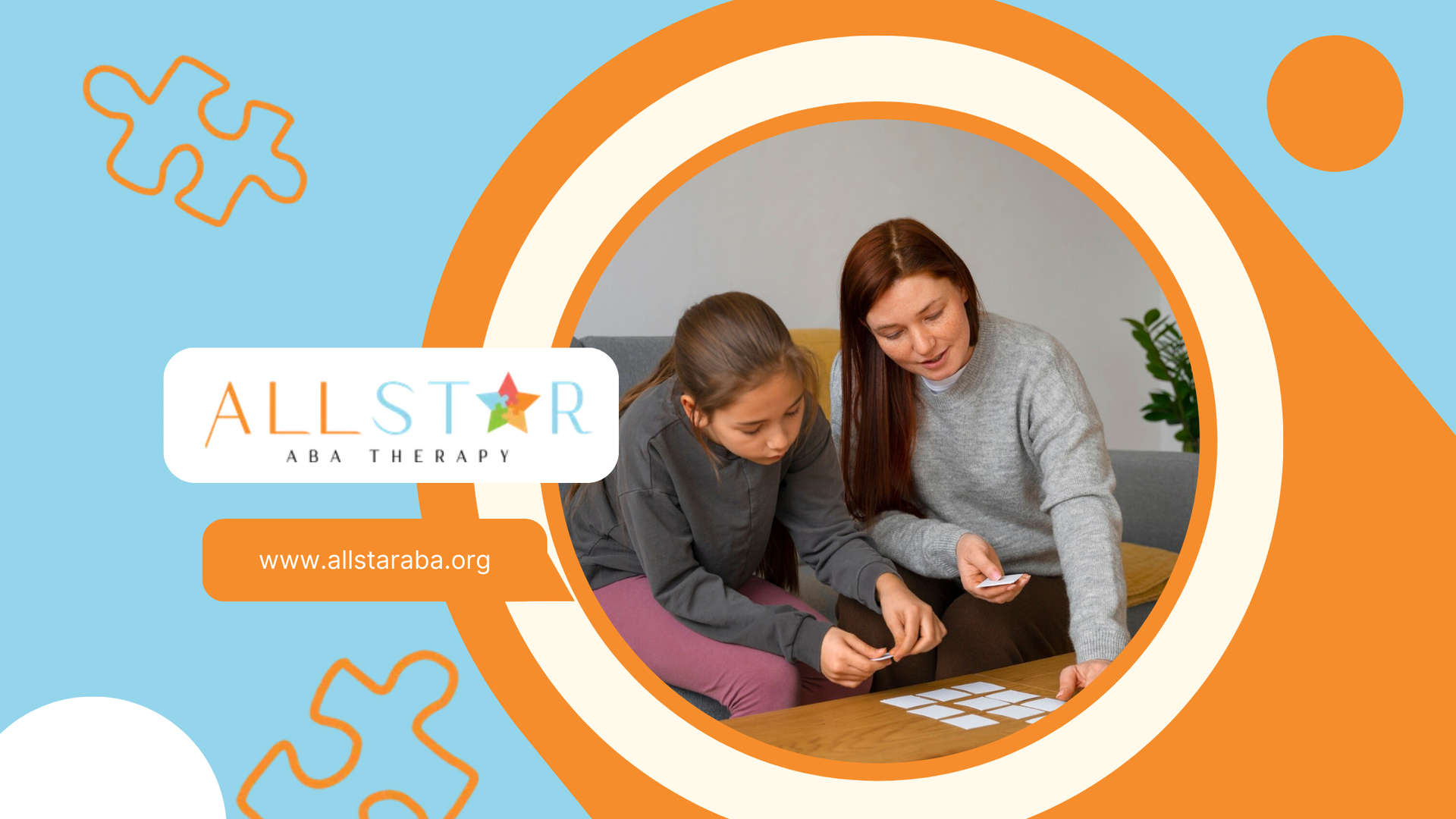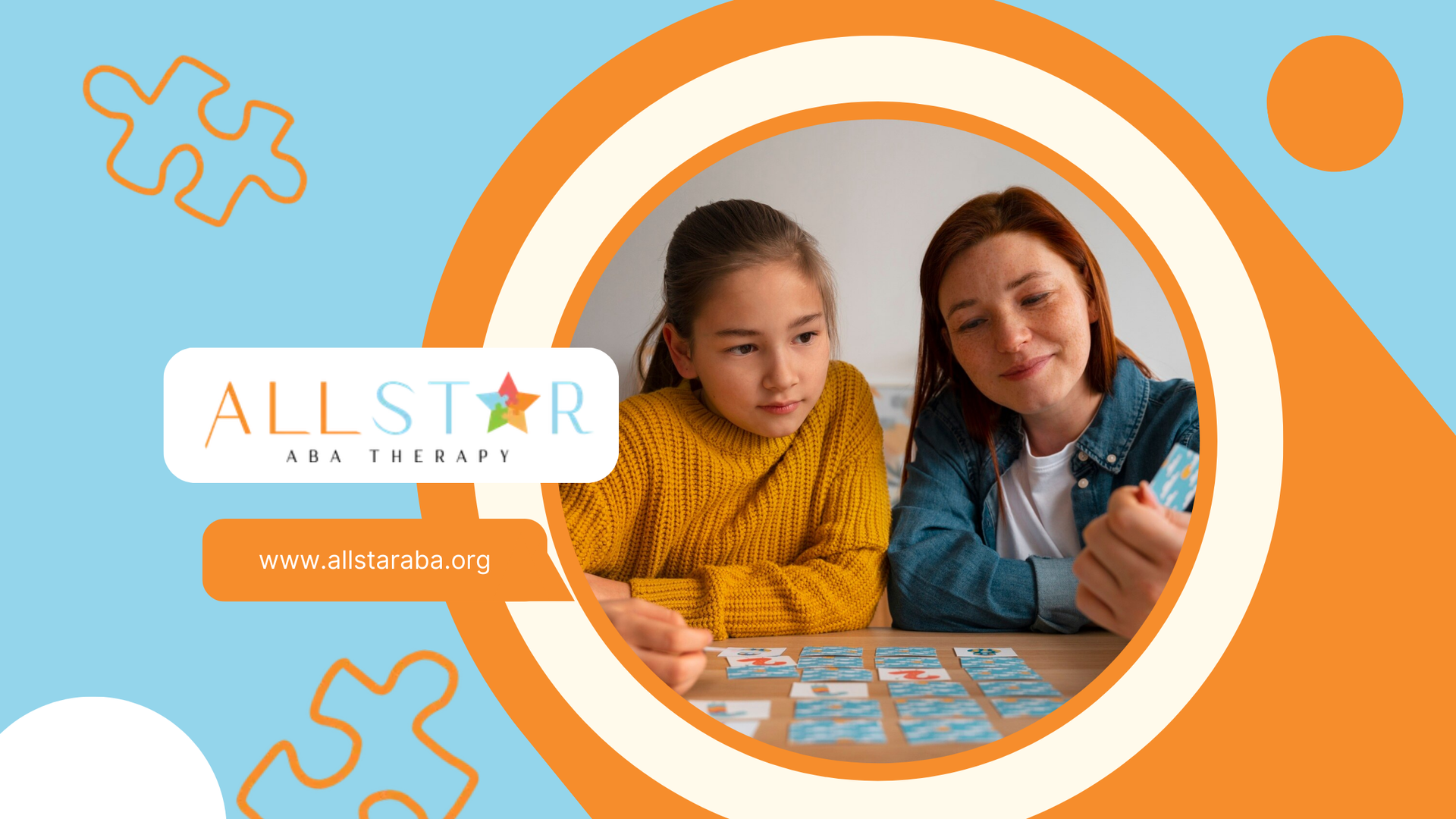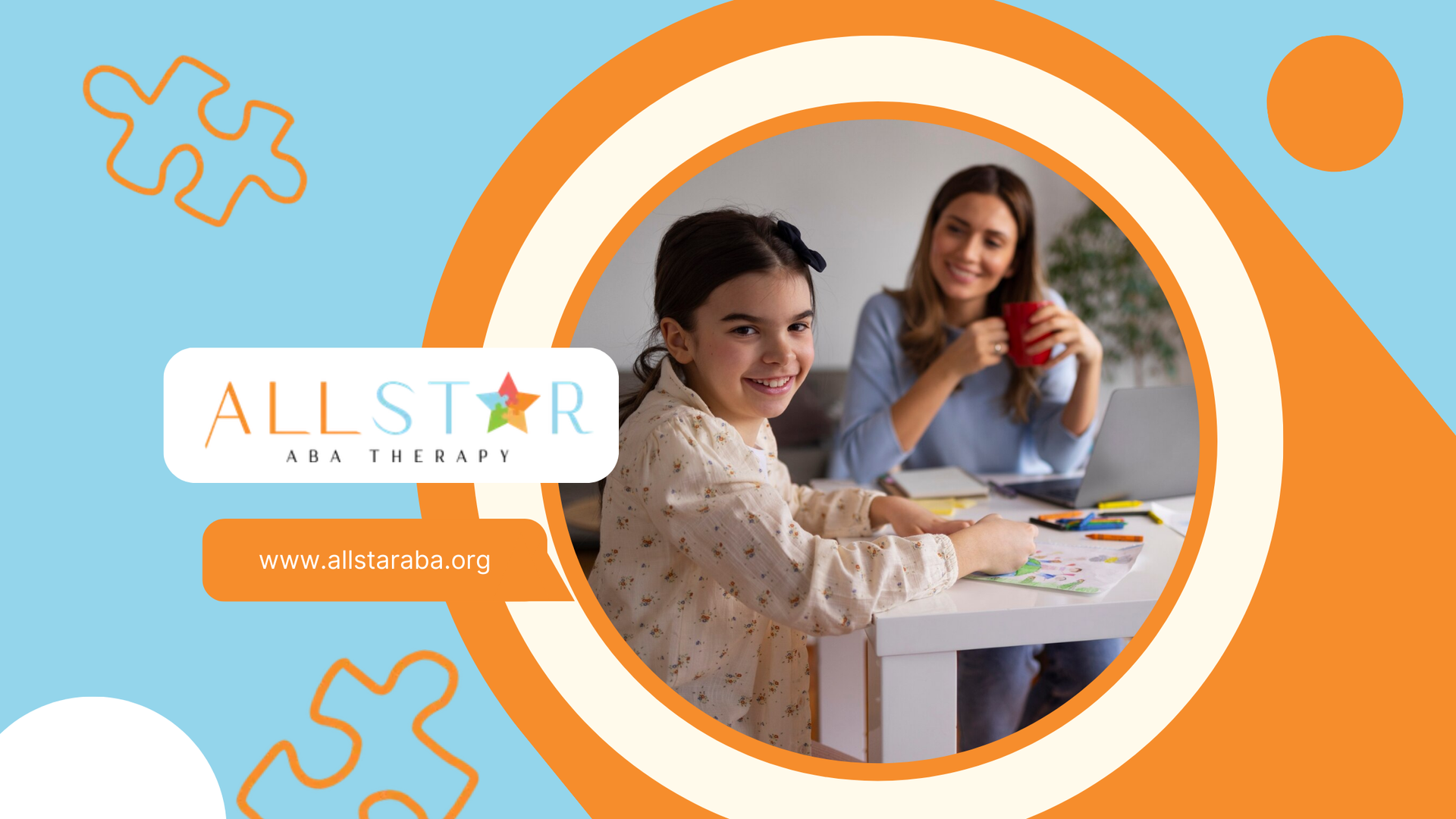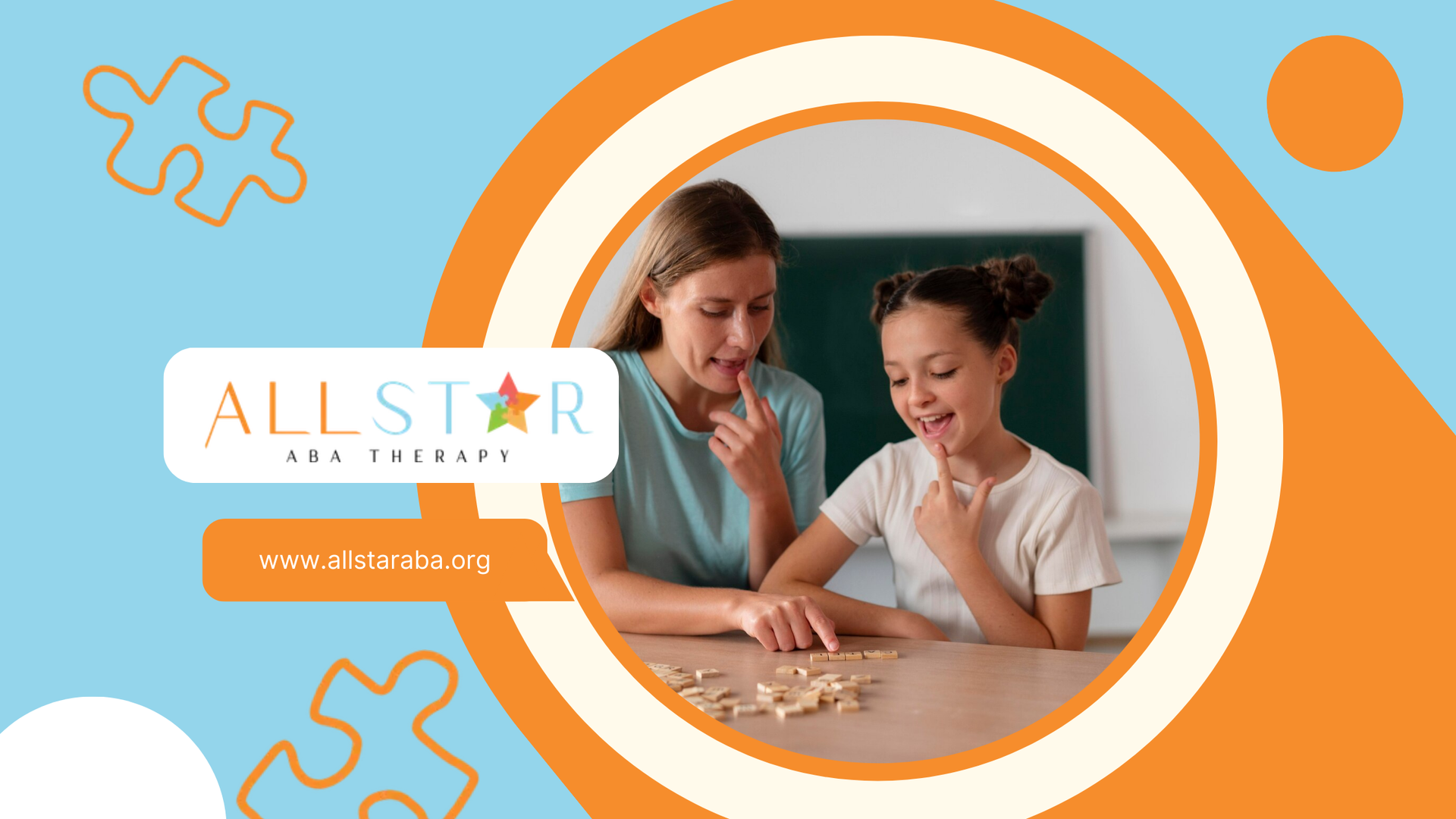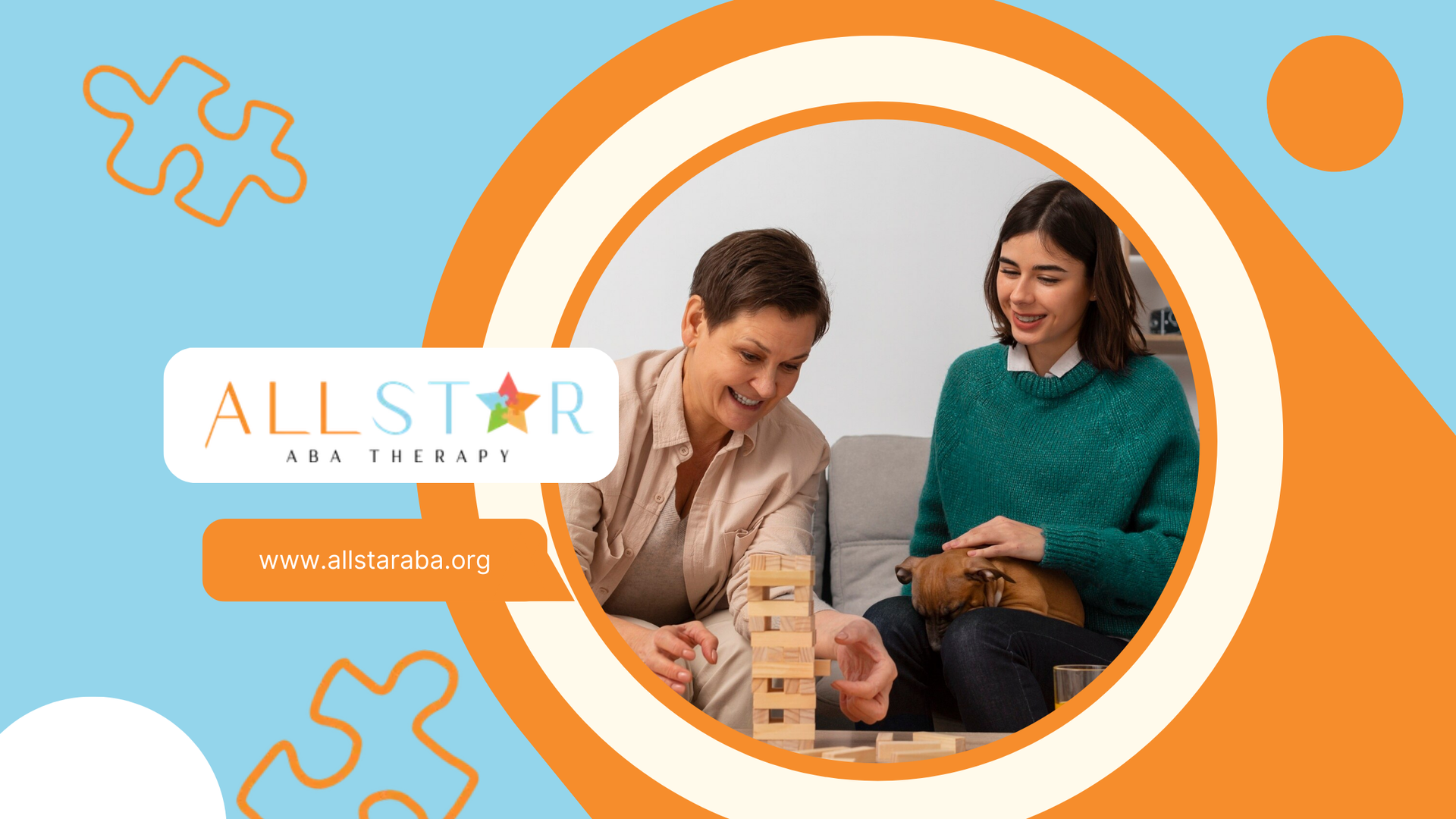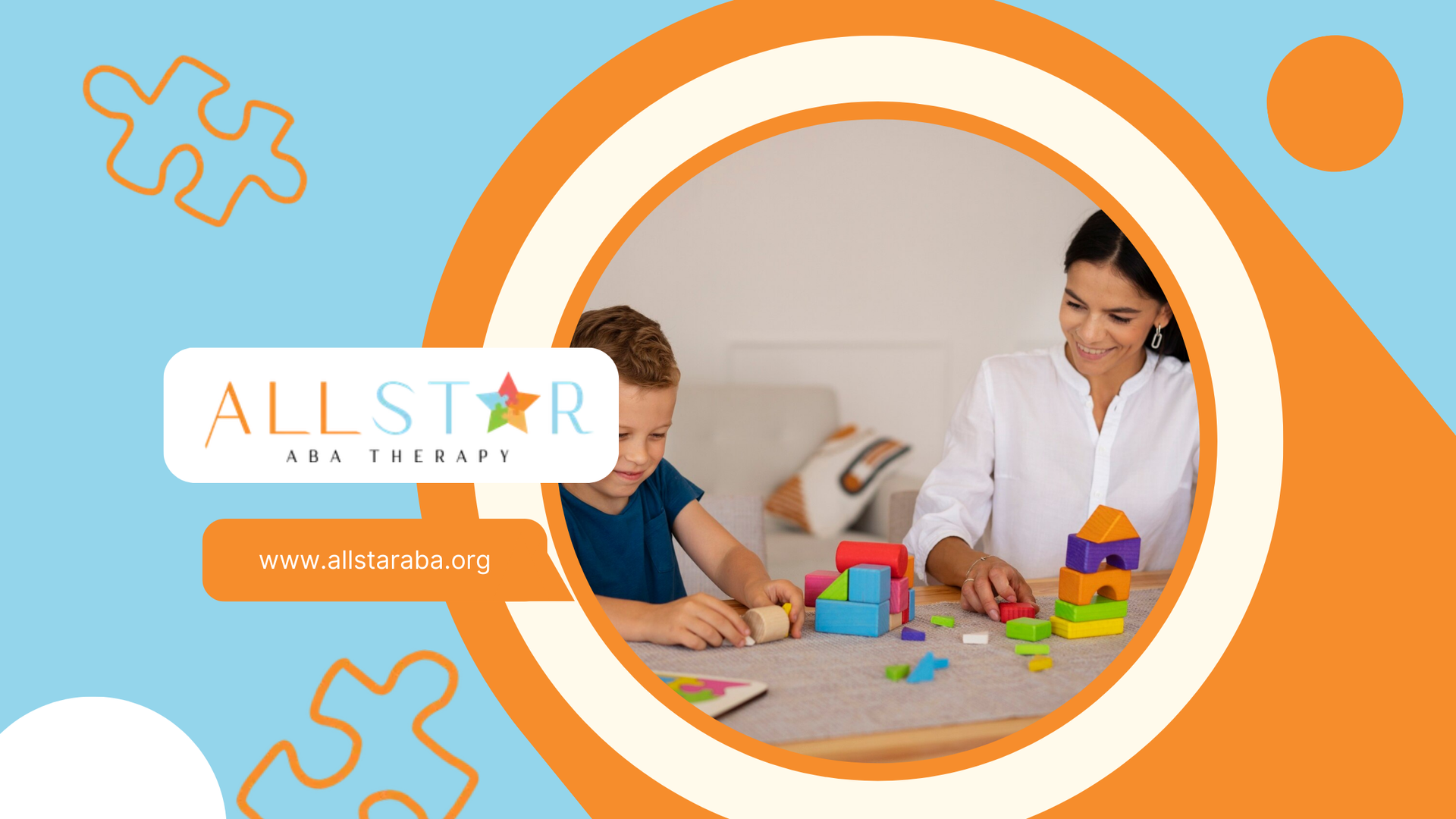New Paragraph
Tips on How to Prepare Your Home for In-Home ABA Therapy
Applied Behavior Analysis (ABA) therapy is an effective treatment for individuals with Autism Spectrum Disorder (ASD). While ABA therapy can be conducted in various settings, many families choose to have sessions at home for the convenience and comfort it provides. Preparing your home for in-home ABA therapy is crucial to ensure a productive and positive experience for both the therapist and your child. This guide will offer practical tips and insights on how to create an optimal environment for in-home ABA therapy.
Understanding ABA Therapy
ABA therapy is a structured approach that uses principles of behavior science to improve socially significant behaviors. It involves identifying target behaviors, implementing interventions, and using positive reinforcement to encourage desired behaviors. The home environment plays a significant role in the success of these sessions, making it essential to prepare adequately.
Benefits of In-Home ABA Therapy
In-home ABA therapy offers several advantages, including:
- Familiar Environment: Children are more comfortable in their home environment, which can reduce anxiety and facilitate learning.
- Real-Life Practice: Skills taught during therapy can be practiced in the settings where they are needed most, such as home routines and daily activities.
- Family Involvement: Parents and caregivers can be actively involved in the therapy process, gaining valuable insights and strategies to support their child's development.
- Convenience: In-home therapy eliminates the need for travel, saving time and reducing logistical challenges.
Preparing Your Home for ABA Therapy
To ensure that in-home ABA therapy sessions are effective, it is essential to prepare your home environment thoughtfully. Here are some key steps to consider:
1. Designate a Therapy Space
Creating a dedicated space for ABA therapy is crucial for minimizing distractions and promoting focus. Consider the following tips:
- Choose a Quiet Area: Select a space that is quiet and free from high-traffic areas. This can help minimize interruptions and create a calm environment.
- Ensure Adequate Lighting: Good lighting is essential for maintaining focus and visibility during therapy sessions. Natural light is ideal, but if that’s not possible, ensure the space is well-lit with artificial lighting.
- Comfortable Seating: Provide comfortable seating for both your child and the therapist. A small table and chairs can work well for tabletop activities, while a comfortable floor space with cushions or mats is ideal for play-based therapy.
2. Organize Therapy Materials
Having the necessary materials organized and accessible can enhance the efficiency of therapy sessions. Consider the following:
- Storage Solutions: Use bins, shelves, or drawers to organize therapy materials such as toys, books, and learning aids. Labeling storage containers can make it easier to find and put away items.
- Keep Materials Handy: Ensure that frequently used materials are within easy reach of both the therapist and your child. This can help maintain the flow of the session without unnecessary interruptions.
- Include Sensory Tools: If your child uses sensory tools such as fidget toys, weighted blankets, or noise-canceling headphones, keep these items readily available in the therapy space.
3. Minimize Distractions
Reducing distractions is essential for maintaining focus and maximizing the effectiveness of therapy sessions. Here are some tips to minimize distractions:
- Limit Noise: Turn off or minimize background noise from TVs, radios, or household appliances. Consider using white noise machines or fans to mask unavoidable sounds.
- Remove Clutter: Keep the therapy space tidy and free from unnecessary clutter. This can help create a more organized and calming environment.
- Control Visual Stimuli: Be mindful of visual distractions such as bright colors, busy patterns, or excessive decorations. A simple and uncluttered space can help your child stay focused.
4. Establish a Routine
Consistency is key in ABA therapy, and establishing a routine can help your child feel more secure and prepared for each session. Consider the following:
- Set a Schedule: Consistently schedule therapy sessions at the same time each day or week. This can help your child anticipate and prepare for therapy.
- Create a Visual Schedule: Use a visual schedule to outline the daily routine, including therapy sessions. This can help your child understand what to expect and reduce anxiety.
- Use Transition Cues: Provide clear cues to signal the start and end of therapy sessions. This can include verbal reminders, visual timers, or specific songs or sounds.
5. Involve the Family
Family involvement is a critical component of successful ABA therapy. Here are some ways to involve family members:
- Participate in Sessions: When appropriate, parents or caregivers can participate in therapy sessions to learn techniques and strategies used by the therapist.
- Practice Skills: Encourage family members to practice skills and reinforce positive behaviors outside of therapy sessions. This can help generalize learning to real-life situations.
- Communicate with the Therapist: Maintain open communication with the therapist to stay informed about progress, challenges, and strategies. Regular check-ins can help ensure everyone is on the same page.
6. Prepare for Safety
Safety is paramount when preparing your home for ABA therapy. Here are some safety considerations:
- Childproof the Space: Ensure the therapy space is childproofed, with dangerous items out of reach and safety measures in place.
- Emergency Plan: Have an emergency plan in place, including contact information for the therapist, your child’s doctor, and emergency services.
- Monitor Allergies and Sensitivities: Be aware of any allergies or sensitivities your child may have and ensure the therapy space is free from potential triggers.
7. Foster a Positive Atmosphere
Creating a positive and supportive atmosphere can enhance the effectiveness of therapy sessions. Consider the following:
- Positive Reinforcement: Use positive reinforcement to encourage desired behaviors. This can include verbal praise, stickers, or small rewards.
- Encouraging Environment: Foster an environment that encourages exploration, learning, and curiosity. Provide a variety of materials and activities that align with your child’s interests.
- Be Patient and Supportive: Remember that progress takes time. Be patient and supportive, celebrating small achievements and providing encouragement.
Conclusion
Preparing your home for in-home ABA therapy involves creating a dedicated, organized, and distraction-free space that promotes focus and learning. By involving family members, establishing routines, ensuring safety, and fostering a positive atmosphere, you can enhance the effectiveness of therapy sessions and support your child's development.
At All Star ABA, we specialize in providing personalized ABA therapy tailored to each child's unique needs. Our experienced team is dedicated to working with families to create optimal home environments that support successful therapy outcomes. Together, we can help your child achieve their full potential and thrive.
Need Support?
We're Here to Help!
Our experienced team is ready to assist you. Reach out today to discuss how we can support your child's development and well-being.
Get started with expert ABA therapy today.
Related posts

All Star ABA delivers the gold standard of care, Applied Behavioral Analysis (ABA) therapy, for individuals diagnosed with ASD, from infancy to age 21.
Quick Links
All Rights Reserved | All Star ABA


